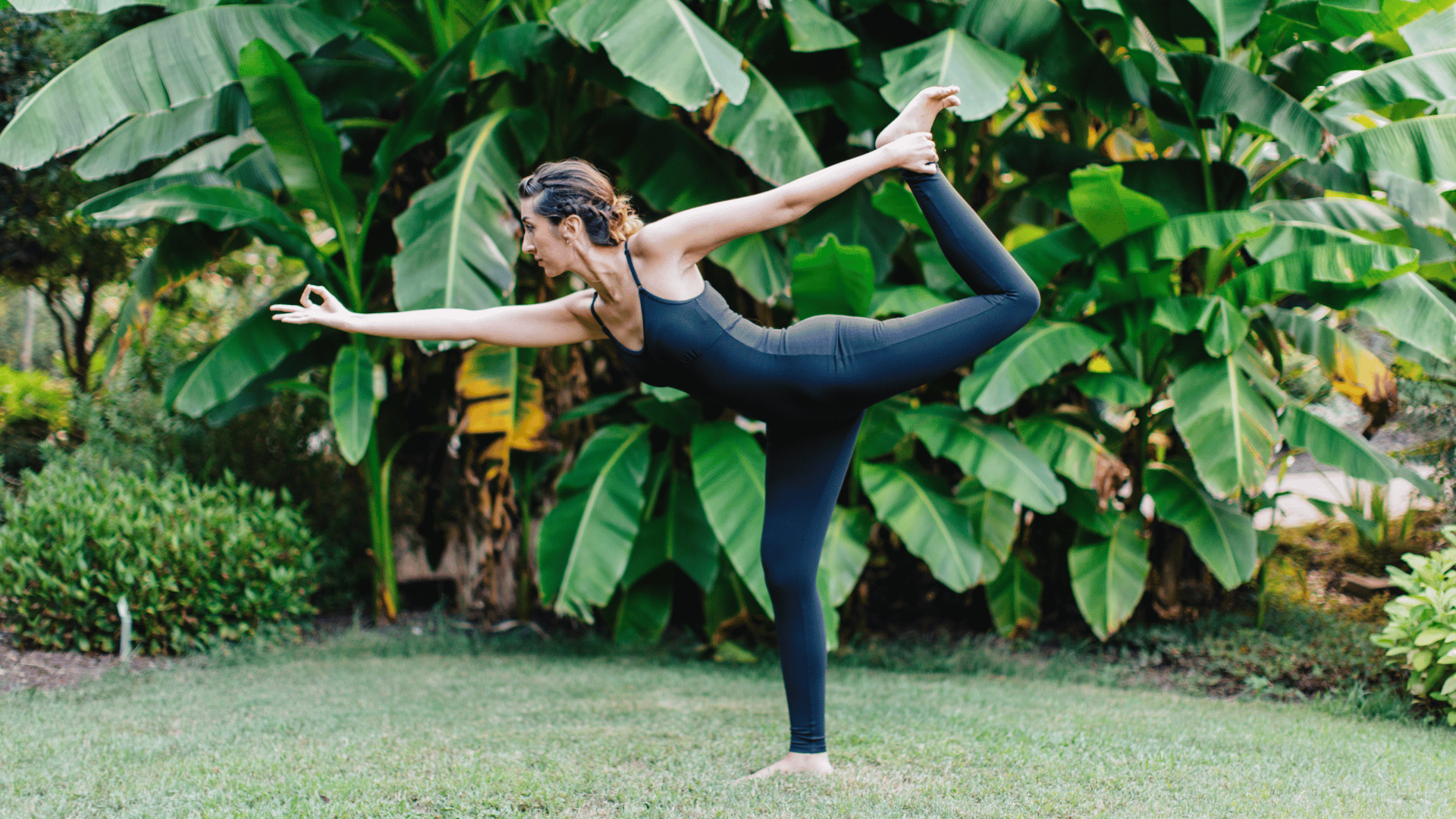Before you take your first yoga class, you may be wondering what to expect and how you can ease into the practice like a true yogi. Here are ten tips to help.
1. Wear appropriate clothing
You don’t need to invest in fancy designer yoga clothes (though certainly rock it out if that’s your style!). Just dress comfortably and appropriately for practice. That means pants that you can move in but that are not too tight and a top that is close-fitting so that it won’t ride up over your head when you’re in downward dog or bending over in forward fold.
2. Bring a mat
The only piece of equipment you really need as a beginner is a yoga mat. While most studios have mats to lend (sometimes for a small fee), it’s better to have your own as it’s much cleaner and safer for your health. (Learn why and how to clean your yoga mat.) Think of it as your portable personal yoga space. If you plan to practice at home, you might also want to invest in a pair of blocks, a blanket, and a yoga strap, but you won’t need to bring these items to the studio with you.
3. Practice barefoot
You want to feel your feet connect with the mat, the ground, or the earth (if you practice outdoors). If you’re not used to being barefoot, this may be uncomfortable at first. But as with many other experiences in yoga, once you’re hooked, you’ll probably stop wearing shoes and socks at home before long as well!
4. Practice on an empty stomach
Many studios suggest that students don’t eat for up to two hours before class, but this is not always feasible. Be sure not to eat a heavy meal or foods that will make you feel bloated in the hour or two before class. A piece of fruit or some veggies or nuts is a good snack option before class. Also be sure not to drink a large volume of liquid too soon before you roll out your mat. You would not want to interrupt your practice to run to the bathroom!
5. Let the teacher know if you have any injuries or soreness
Many teachers will ask at the beginning of class – especially in the beginners’ classes – if anyone has any physical limitations. If you have a current or old injury, soreness, or tightness, speak up, whether the teacher asks for this information or not. That way, the teacher will be able to modify poses, assist you if necessary, or know why you are skipping certain movements.
6. Don’t always go for the most challenging variation of a pose
Another way to put this is listen to your body! In mixed level classes that are open to beginners, teachers will often offer several variations or options so that all students can practice safely and comfortably. Don’t attempt full lotus if your body isn’t ready for it! Yoga class is not a competition. It’s a time to integrate your body, mind, and soul.
7. Do your own practice
If this sounds a lot like the tip you just read, it is. This rule of yoga practice is often the hardest to follow, so it warrants elaboration. The practice is your own, not your neighbor’s, so don’t compare yourself to other students. Everyone is different. You’ll be able to do some poses easily and others will be a challenge. These will be different from the poses that your neighbor finds easy or challenging. This is often why yoga studios do not have mirrors.
8. Breathe!
Everything in yoga is easier once you’ve mastered proper breathing techniques. In fact, the very first thing you will probably learn is how to take full breaths – and you may be surprised to learn that you’ve been breathing improperly for years! The breath is a yogi’s best friend, so when you find yourself in a challenging pose, don’t hold your breath...breathe through it.
9. Go with the flow
You might find some things happening in class that seem a bit odd to you at first. This may include chanting, burning incense, or bowing to the teacher at the end of class. The teacher may also give a short talk or read something “yogic” before class, and some of the concepts may seem strange or vague at first. Listen and soak it in. In time, you’ll think back to these first impressions and smile.
10. Commit to the practice
This doesn’t mean sign a long-term contract or practice for hours every day, but it’s a good idea to set aside some time at home between classes to practice basic poses. Go to class at least once a week for a few weeks before you decide whether or not you are meant to be a yogi. If you aren’t hooked after the first or second class, try another teacher or style before you give up on the practice entirely.
With these basic tips in mind, you’ll find that you fit right in at almost any yoga studio. Enjoy...and om!






